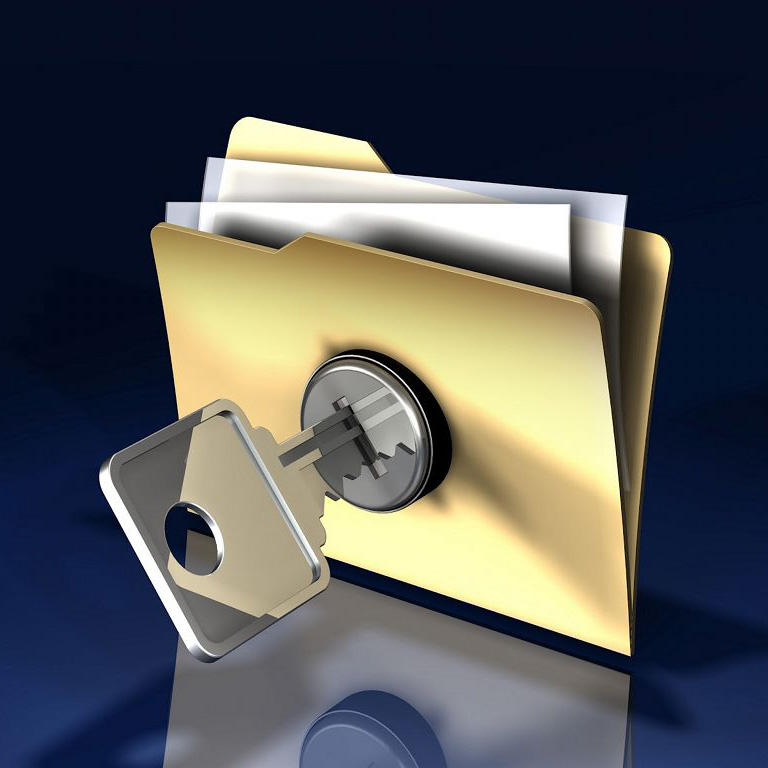
No one would argue that the process of applying for 501(c)(3) tax exempt status could use some revamping. Any nonprofit who has already obtained exemption knows just how tedious the application itself is, not to mention the required schedules, proof of documentation, and detailed descriptions of the organization’s intended activities and use of contributions. However, in an attempt to make things a little easier the IRS has streamlined the Form 1023 and crafted the Form 1023-EZ.
The new Form 1023-EZ is three pages long, compared to the 12 pages (plus individualized schedules) for the existing Form 1023. Most organizations with a projected budget consisting of gross receipts of $50,000 or less per year over the 3 years following initial exemption, and current assets of $250,000 or less can use this new short form. However, certain types of organizations including schools, churches, and hospitals will not be allowed to use it. In order to file the short form an organization must first complete the IRS Form 1023-EZ Eligibility Worksheet to see if they qualify to use this form. If an organization does qualify to us the short form, it can only be filed online through pay.gov, and there is a $400 user fee to process the application. The IRS estimates that up to 70 percent of applicants will qualify to use the new form.
The long form requires that charities provide 3-4 years’ worth of detailed financial information and attach numerous documents such as Articles of Incorporation, Bylaws, and a detailed explanation of their anticipated activities and intended use of donor contributions. This short form does not require any financial details from the organization and merely asks for checked boxes attesting to the possession of certain documents, no proof necessary.
The worry is that unqualified groups may slip through the cracks and result in jeopardizing public trust in charities. They can file easy paperwork and not have to back anything up. Many state charity regulators are opposed to this short form as it may increase the regulatory burden they are already under. If the IRS is doing less screening, the state regulators will have to do more in order to ensure that contributions are being used as intended. What kind of impact might charitable organizations in general face in terms of solicitation registration if the state regulators are forced to further scrutinize their annual financial reviews because of these newly exempt EZ filers? And what might this do to the confidence that rests in that federal determination letter of exemption?
The IRS did at least listen to some comments when the form was first circulated and agreed to revise its original Form 1023-EZ changing the gross receipts threshold from $200,000 to $50,000 to reduce the number of charities that may be eligible to use the short form. The eligibility worksheet and instructions for filing the short form can be found on the IRS website (www.irs.gov).
(Compiled from IRS makes it easier to get tax-deductible donations. Maybe too EZ, Kathleen Pender; Form 1023-EZ, Streamlined Application for Recognition of Exemption Under Section 501(c)(3) of the Internal Revenue Code on irs.gov.)



